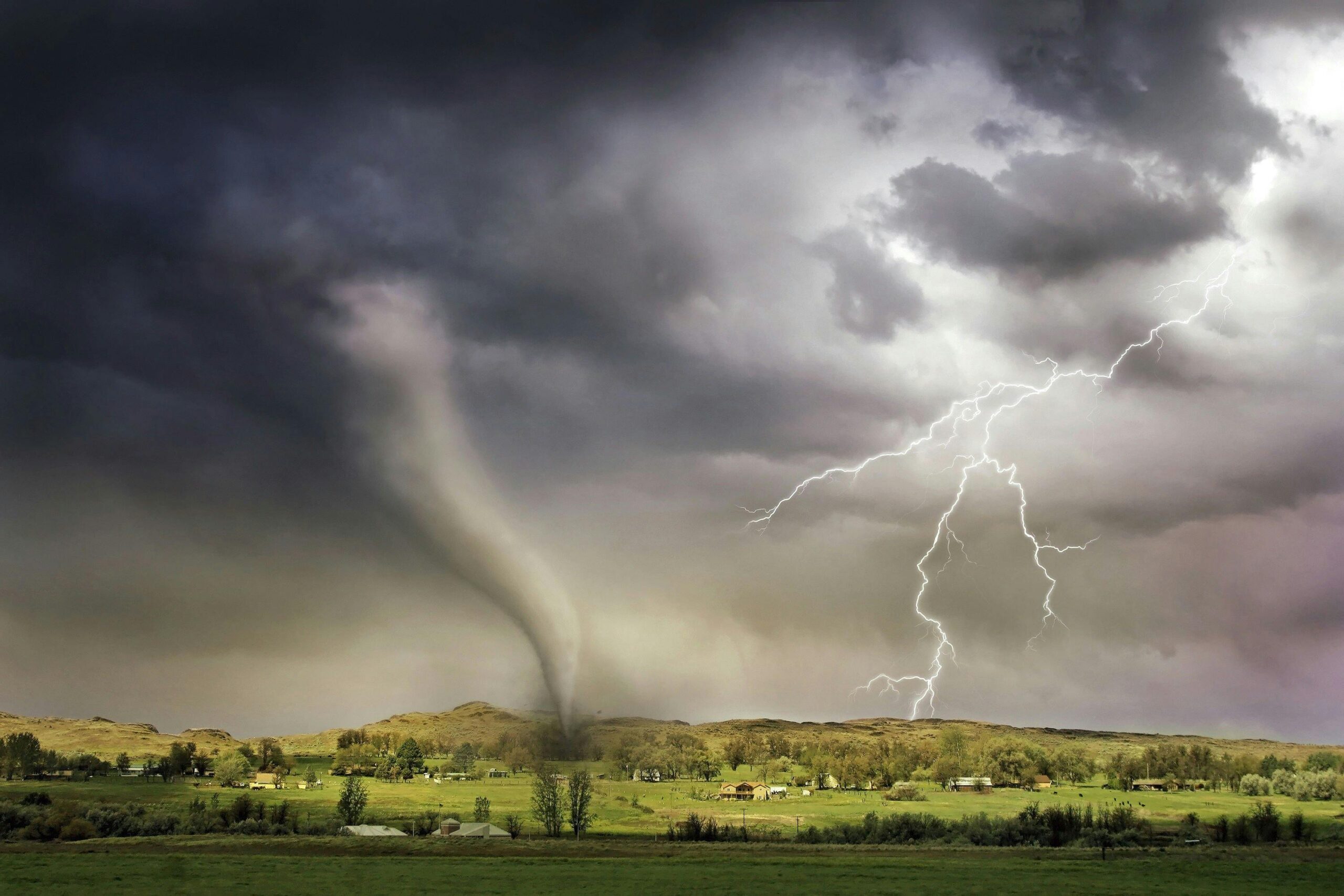Severe thunderstorms are powerful weather events that can produce damaging winds, heavy rainfall, hail, and even tornadoes. These storms pose significant risks to life and property, making it crucial to understand what a severe thunderstorm warning entails. This article aims to inform you about severe thunderstorm warnings, their implications, and how to prepare effectively.
What Is a Severe Thunderstorm Warning?
A severe thunderstorm warning is issued by the National Weather Service (NWS) when a thunderstorm is producing or is likely to produce severe weather conditions. This warning signifies that conditions are favorable for storms capable of causing damage, including:

- Winds exceeding 58 miles per hour (93 km/h)
- Hail larger than one inch in diameter
- Possible tornado formation
Understanding the difference between a severe thunderstorm watch and a warning is essential. A watch means conditions are favorable for severe thunderstorms, while a warning indicates that severe weather is occurring or imminent.
How Severe Thunderstorms Develop
Severe thunderstorms typically develop in warm, moist conditions where there is a significant temperature difference between the ground and the upper atmosphere. The key ingredients for these storms include:
- Warm, moist air: Rising warm air can create updrafts, leading to storm formation.
- Cold air aloft: Cold air helps to create instability in the atmosphere, fueling storm development.
- Wind shear: Changes in wind speed and direction with altitude can enhance storm rotation, increasing the risk of tornadoes.
When these factors align, thunderstorms can rapidly intensify, leading to severe weather.
Recognizing Severe Thunderstorm Warnings
Severe thunderstorm warnings are communicated through various channels, including:
- NOAA Weather Radio: A reliable source for real-time weather alerts.
- Local News Stations: Television and radio broadcasts often provide updates on severe weather.
- Mobile Apps: Many weather apps send push notifications for severe weather warnings in your area.
- Social Media: Follow local weather services for updates.
What to Do When a Warning Is Issued
When a severe thunderstorm warning is issued, it’s crucial to take immediate action. Here are steps to ensure your safety:
- Seek Shelter: Move indoors to a sturdy building. If you are outdoors, find shelter in a car or lie flat in a low area if no shelter is available.
- Stay Informed: Keep up with weather updates through trusted sources. Listen to NOAA Weather Radio for the latest information.
- Avoid Windows: High winds can shatter glass, so stay away from windows and doors.
- Prepare for Power Outages: Charge your devices and have flashlights, batteries, and essential supplies ready.
- Have an Emergency Kit: Include water, non-perishable food, first aid supplies, and any necessary medications.
The Impacts of Severe Thunderstorms
Severe thunderstorms can cause various hazards, including:
- Damaging Winds: Winds over 58 mph can uproot trees, damage buildings, and down power lines.
- Hail Damage: Hail can cause significant damage to vehicles, roofs, and crops, leading to costly repairs.
- Flash Flooding: Heavy rain can lead to flash floods, posing life-threatening risks, especially in low-lying areas.
- Tornadoes: Severe thunderstorms can spawn tornadoes, which can devastate communities.
Historical Context
In the U.S., severe thunderstorms cause billions in damages annually. For instance, in 2020, severe thunderstorms accounted for more than $5 billion in insured losses, highlighting the importance of preparedness and awareness.
Preparing for Severe Thunderstorm Season
The severe thunderstorm season varies by region, but generally peaks during spring and summer. Here are some tips for preparing ahead of time:
- Know Your Area: Understand the weather patterns in your region and know when severe thunderstorms are most likely to occur.
- Create a Family Emergency Plan: Discuss what to do during severe weather and establish a communication plan.
- Invest in Weather Alerts: Consider purchasing a NOAA weather radio to receive alerts even when you are not near your phone or television.
Conclusion
Severe thunderstorm warnings are critical alerts that help protect lives and property from the dangers associated with severe weather. By understanding the nature of these warnings and taking appropriate actions, individuals and families can stay safe during storms. Remember to stay informed, prepare your home, and have a plan in place. The better prepared you are, the more resilient you’ll be in the face of severe weather.
References
- National Weather Service. (2023). “Understanding Thunderstorm Warnings.”
- NOAA Weather Radio. (2023). “How to Stay Informed During Severe Weather.”
- The Weather Channel. (2023). “Severe Weather and Its Impacts.”
- Federal Emergency Management Agency (FEMA). (2023). “Emergency Preparedness for Severe Weather.”
- Insurance Information Institute. (2023). “The Cost of Severe Thunderstorms in the U.S.”
By staying informed and prepared, you can navigate severe thunderstorms with confidence.
Leave feedback about this